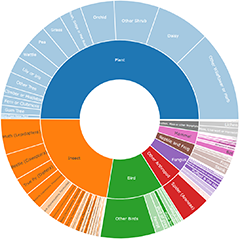Other insects
Announcements
There are currently no announcements.
Discussion
Alice
wrote:
9 Oct 2025
Perhaps I am wrong. Certainly, in this image it looks like a Leptocerid caddisfly.
Leptoceridae sp. (family)
Top contributors
- DonFletcher 995
- kasiaaus 114
- TimL 80
- Hejor1 80
- trevorpreston 66
- AlisonMilton 56
- CathB 50
- HarveyPerkins 39
- jb2602 38
- MichaelBedingfield 32
Top moderators
- AaronClausen 995
- MichaelMulvaney 611
- MichaelBedingfield 138
- KimPullen 126
- RogerF 75
- DonFletcher 66
- Alice 43
- KimberiRP 36
- GregD 5
- naturenavigator 5




















